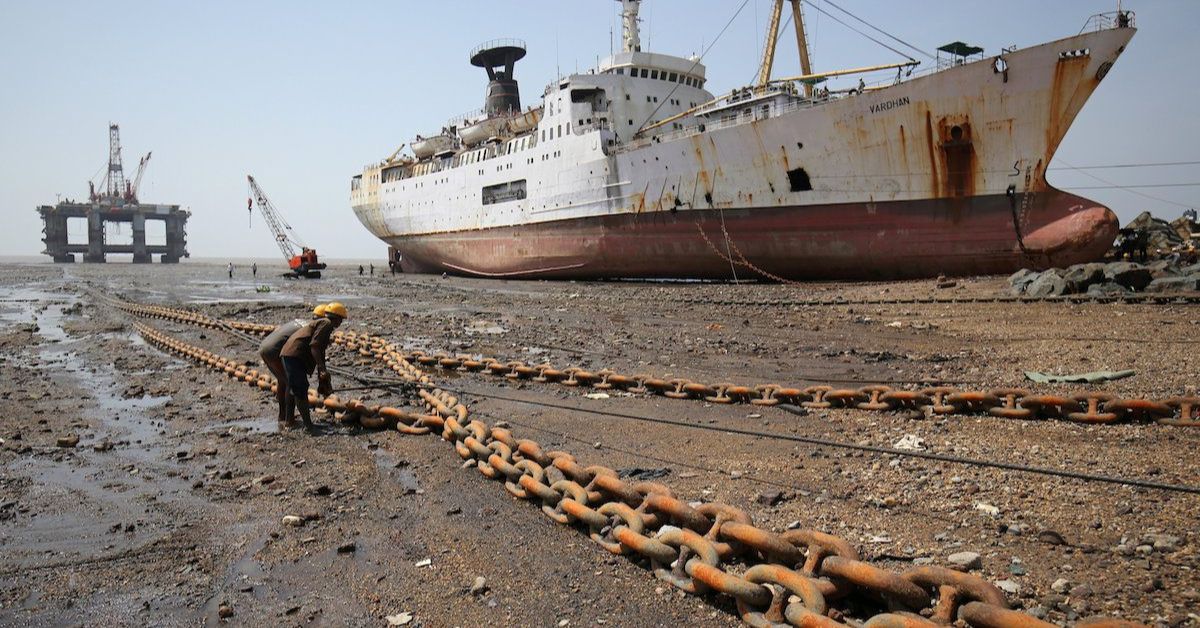After years of decline, Alang in Gujarat — one of the world’s largest ship-breaking yards — is witnessing a modest recovery. Official data from the Gujarat government shows a 13% increase in ship arrivals during April–August 2025, with 44 end-of-life vessels totaling around four lakh Light Displacement Tonnage (LDT) beached for dismantling. This compares with 39 ships in the same period last year. July recorded peak activity, with 12 arrivals, the highest monthly figure so far.
The uptick offers some relief for an industry that has seen volumes collapse over the past decade. Alang’s peak came in 2011–12, when 415 ships were dismantled. In contrast, only 113 ships arrived in 2024–25—the lowest in over 20 years.
During a recent visit to Bhavnagar, Prime Minister Narendra Modi lauded Alang’s ship-recycling ecosystem for generating jobs and supporting the circular economy through steel recovery. But operators say challenges persist. “I have two shipyards, and neither of them has any ships for recycling. The yard is operating at just 25–30% of capacity,” said one shipbreaker, requesting anonymity as a company linked to him is pursuing an IPO.
Industry experts point to strong freight markets as the main reason for weak supply of end-of-life vessels. According to Dubai-based Global Marketing Systems (GMS), shipowners are keeping older ships in service while freight rates remain profitable. “When cargo earnings are attractive, vessels stay trading instead of heading to recycling yards,” said Nayeem Noor, Business Development Head at GMS. Global disruptions and longer voyage routes have also lifted ship demand, further delaying retirements.
At the same time, Alang faces high compliance costs under environmental and safety regulations, making it less competitive against yards in other countries. Noor noted, however, that government support has been “significant,” with customs duty cuts, reduced plot rents, lower labor cess, and subsidies for Hong Kong Convention compliance.









